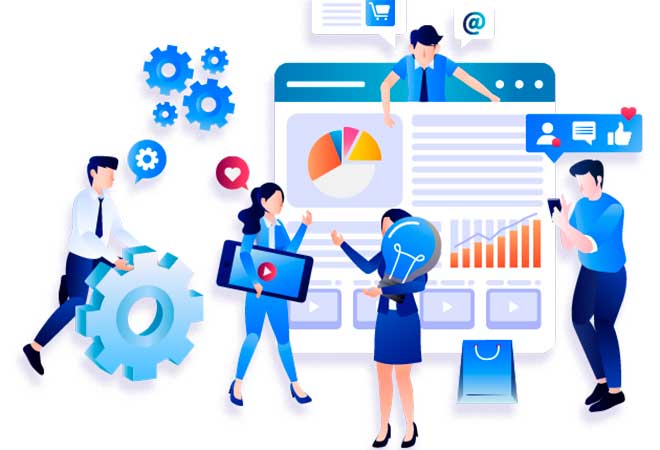Services marketing is an activity aimed at satisfying consumer needs and generating revenue for the firm, creating demand for intangible-type goods. It is possible to distinguish several significant differences between the marketing of goods and marketing of services and nonprofit activities. In addition, there are some differences between service marketing and nonprofit marketing.
Service marketing includes services for the rental of goods, modifications or repairs owned by consumers, and benefits of a personal nature.
One of the most developed service economies globally is considered to be the United States. Approximately 73% of vacant jobs in this state are in the service sector. The service sector can include both the public sector with active courts, stock exchanges, hospitals, police and military services, savings and loan banks, the post office, and schools, as well as private nonprofit sectors with museums, temples, universities, higher education institutions, charitable foundations, and hospitals. These include the services of air carriers, banks, commercial enterprises, insurers, hotels, law firms, law firms, movie companies, etc.
The services market provides consumers with a relatively wide range of these intangibles, and each type of service has its distinctive characteristics.
Deprivation of commodity sensibility is one characteristic feature that distinguishes services from commodities. The fact is that a service cannot be felt, smelled, touched with the hands, or evaluated physically. Description of service is possible only after it has been provided.
A service cannot be shared with the person who performs it (human, robot, computer), while a product exists in material form, whether it has a source.
To improve the quality of services, companies provide the necessary funds for training and retraining of their employees and constantly monitor customer satisfaction through a system of complaints and suggestions, surveys, and control purchases.
In service marketing, there are ways to achieve a match between supply and demand:
- Sell similar services to customer segments that have different demand patterns;
- To market additional services in a shortage of maximums;
- market new services that are unaffected by capacity constraints;
- conduct substitute training on functional tasks;
- to hire employees temporarily for the period of maximum demand;
- inform clients about the possibility of using services during periods of high demand;
- Offer special incentives and product discounts during periods of no mass demand.
All types of services differ significantly in several ways: the sources of the service (human or machine) and the client's presence at the time of service delivery.
The services, the provider of which are people, can include those that require either highly skilled professionals (lawyers-lawyers), certified professionals (master car service), or unskilled labor (janitors, cleaners).
The services whose providers are machines should include those that require devices (automatons, car washes), equipment operated by operators with relatively low qualifications (cow milking machine operators), as well as equipment used by highly qualified specialists (electrical engineers).

